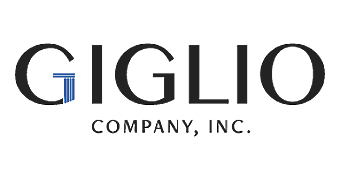It’s the fourth quarter. You’ve reviewed the numbers, triple-checked the forecasts, and the reality is clear: your team is not going to hit the year-end targets.
First, don’t panic. This is not the time for blame, knee-jerk reactions, or hasty changes in direction. Missed targets happen — even to high-performing teams. The real opportunity lies not in the outcome, but in your response as a leader.
Here’s how to lead with purpose and turn a challenging situation into a foundation for future growth:
1. Diagnose, Don’t Deflect
Before you react, ask the critical question: Why?
Was the target realistic to begin with? Did market conditions shift unexpectedly? Were there execution gaps, resource constraints, or alignment issues across departments?
Resist the urge to jump to conclusions. Instead, gather data, talk to your team, and seek input from cross-functional stakeholders. A calm, objective post-mortem now will help avoid repeating the same mistakes later.
2. Communicate Transparently
Your team already knows the numbers aren’t adding up — what they’re waiting for is your leadership. Be honest about where things stand, what the shortfall means, and how you plan to move forward. Transparency builds trust and keeps morale from eroding.
But honesty isn’t just about facts. It’s about tone. Acknowledge the team’s efforts and avoid placing blame. Focus on what you’ve learned and what can still be achieved in the time that remains.
3. Refocus on What’s Still Possible
Even if the original goal is out of reach, the remainder of the year is not a loss. Set short-term, achievable objectives that drive momentum. Focus on high-impact areas: deepening customer relationships, clearing backlogs, or investing in foundational work that sets up a strong Q1.
Momentum, even in small doses, matters — especially in times of disappointment.
4. Support Your People
Disappointing results can lead to burnout, disengagement, or fear — particularly if the team feels they’ve given their all. As a leader, your job is to provide clarity, encouragement, and support.
Celebrate the wins, however small. Highlight the progress made. And make sure your team knows that one missed target does not define their value or your confidence in them.
5. Recalibrate for the Year Ahead
Finally, use this moment to think forward. What did this year reveal about your assumptions, strategies, and team dynamics? Were your KPIs aligned with your actual capacity and priorities? Where can you improve agility and foresight?
Set time aside for structured reflection and planning. This isn’t just about better forecasting — it’s about becoming a more resilient and adaptable team.
Final Thought:
Missing a target is never ideal, but it’s also not the end of the story. Leaders are remembered not for perfection, but for how they navigate imperfect situations. Stay calm, stay focused, and lead your team through the close of the year with clarity, empathy, and purpose.

